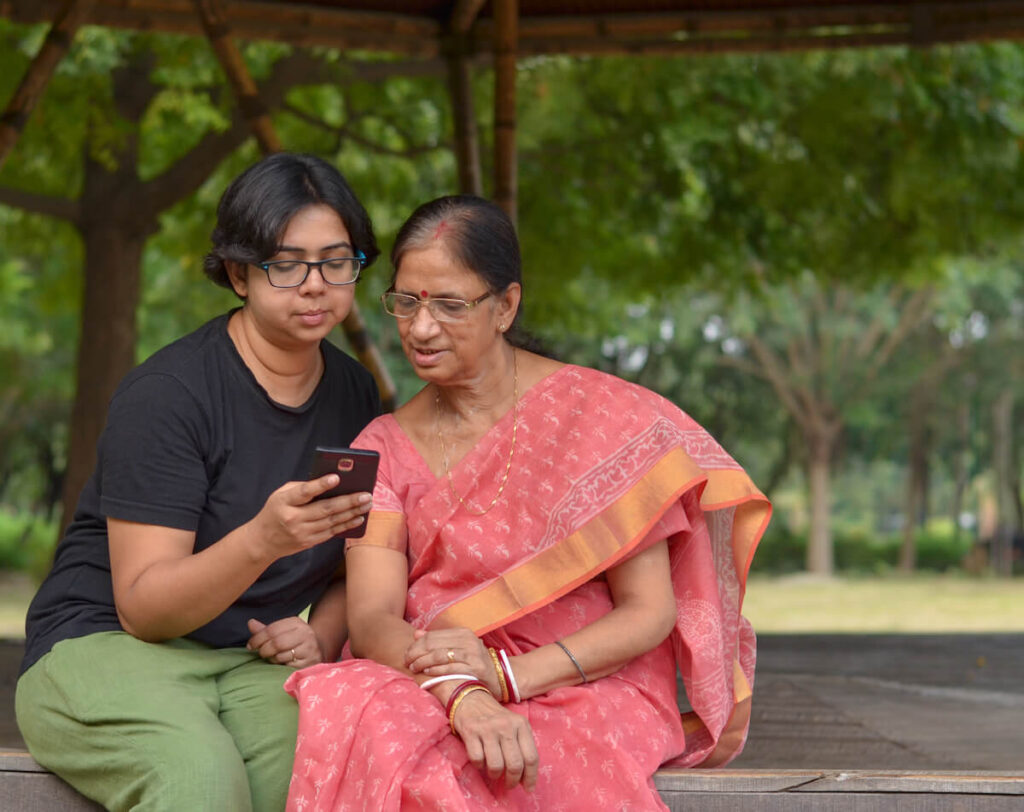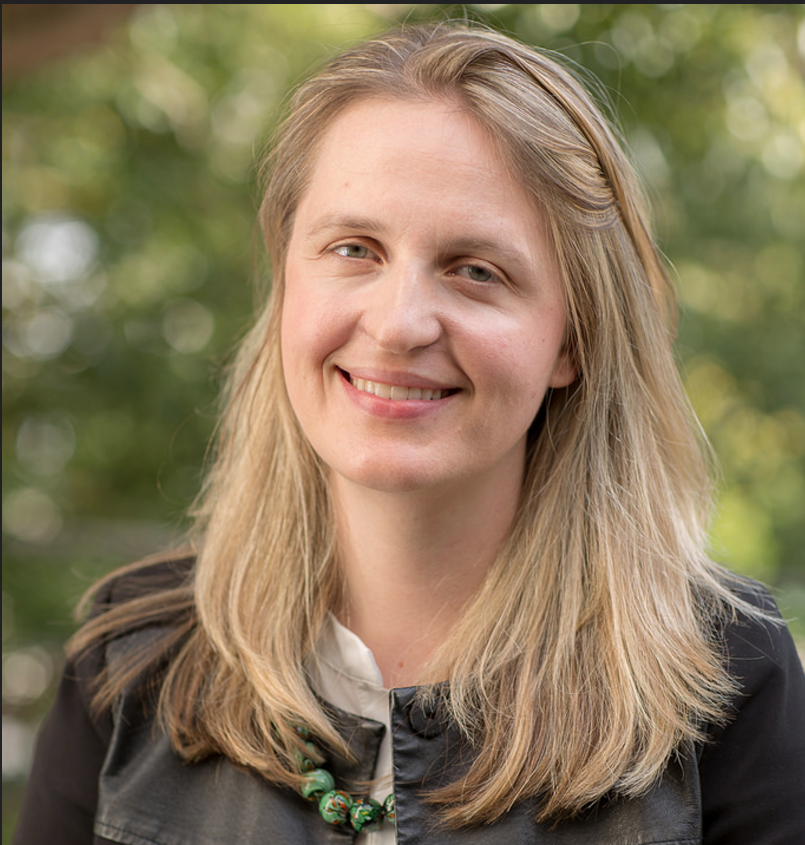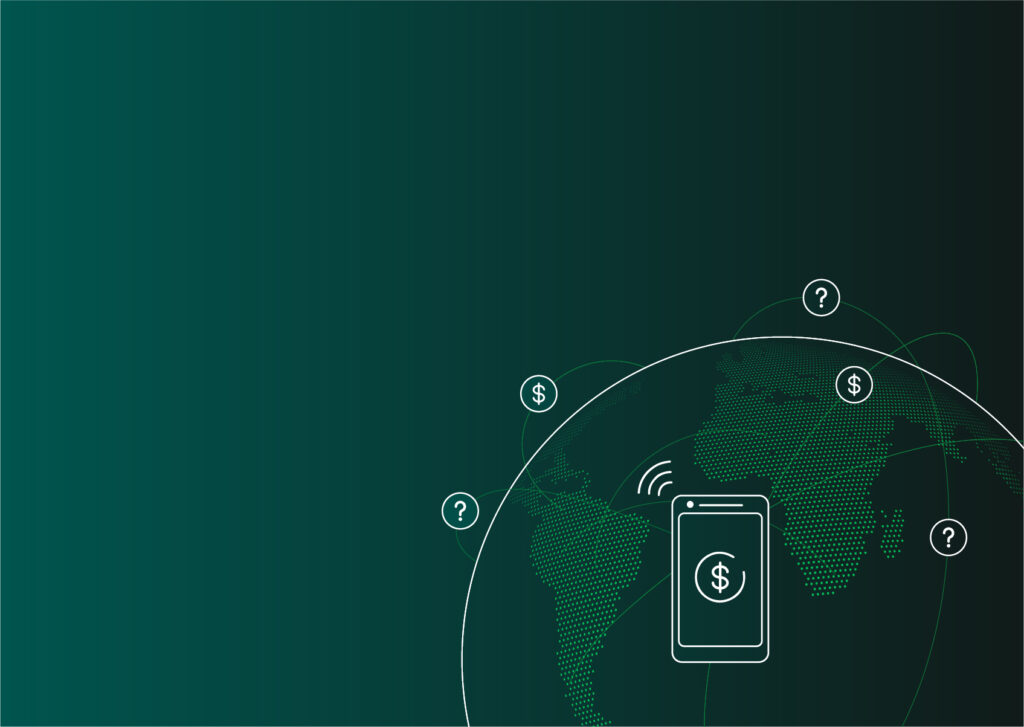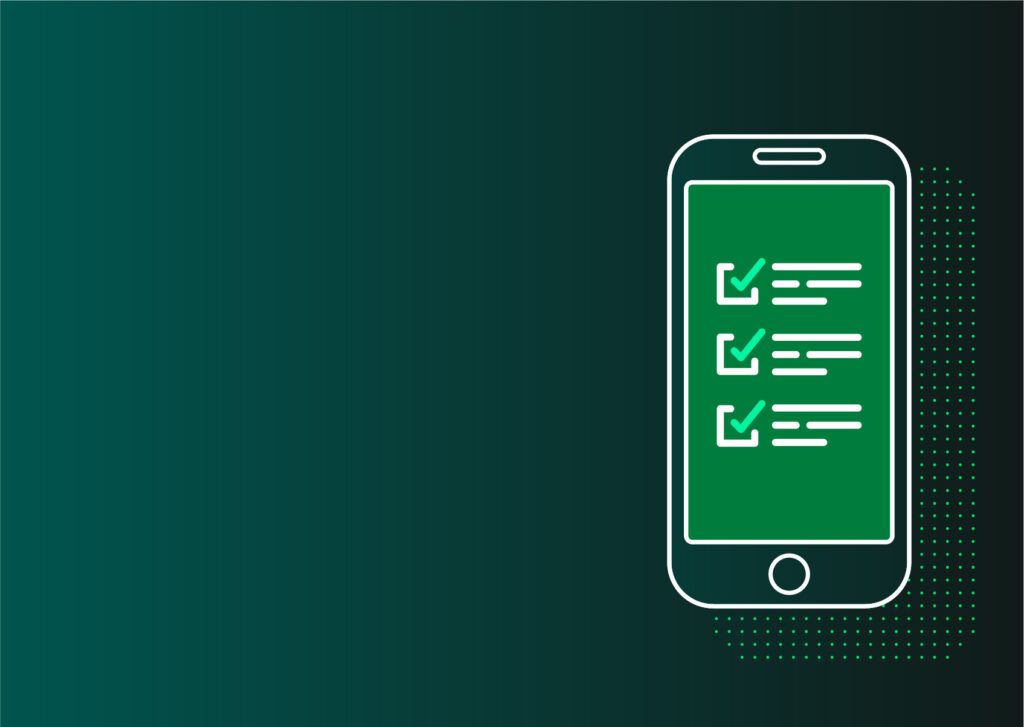
Around the developing world, the use of mobile technology for financial services is skyrocketting. In Africa, the value of mobile money transactions has grown over 890 percent since 2011. App-based lenders in Kenya, Uganda, and elsewhere claim to leverage more than 10,000 data points as part of their underwriting processes, (though consumers are largely unaware of what data is being collected from them). In Myanmar, where 20 years ago SIM cards cost $5,000, today, more than 75 percent of the population own (mostly) smartphones, and mobile money provider WAVE Money has reached more than 17 million unique users.
Consumers have had to adjust rapidly. For many, their first experience with financial services asks them to contend with new digital interfaces, complex products, nefariously creative forms of fraud, and detailed regulations with rights and responsibilities they may not understand.
This is not just a developing-world issue, of course. Carnegie Mellon researchers found that it would take the average American more than 76 working days annually to fully read the privacy policies they encountered on the internet. Underserved customers also often do not have actual people to engage with on questions, complaints, or feedback.
This context served as the backdrop for CFI, in partnership with the Mastercard Foundation, to build and test a toolbox of consumer engagement channels to surface challenges clients face as financial services go digital. From radio campaigns and client surveys to digital recourse channels for regulators and industry associations, these projects provided a set of valuable lessons about the increasing complexity of the sector and steps we must take to protect the well-being of customers. As the Smart Campaign winds down, CFI is reflecting on these lessons to inform the next stage of our consumer protection agenda.
Tailor Your Tools to Clients, Then Tailor Them Again
When done well, digital interactions with customers – whether it be financial products or surveys or other forms of communication – can provide immense value to both customers and providers. We learned from clients about the critical importance of being customer-centric in the design of these interactions. Investing in design upfront leads to better outcomes for all stakeholders, but most importantly, it can protect customers from negative consequences.
In our client survey on mobile money in Rwanda, while most people reported that mobile money interfaces are easy to use, they worry that it’s also easy to make a mistake. Sixty-nine percent of clients believed it was easy to make a mistake and 17 percent have made an error. One issue is language: clients may select the wrong default language to begin with (English instead of Kinyarwanda, in our research in Rwanda, for instance), or even after selecting Kinyarwanda find that the language switches unexpectedly. Fear of making a mistake might be a disincentive for some users to engage with digital products, or worse, actually making a mistake could result in loss of funds or instances of fraud.
CFI also worked with three FSPs and the Cambodia Microfinance Association to design and implement a survey, using the interactive voice response (IVR) method, with the goal of hearing directly from clients about the FSPs’ client protection practices. From the outset, we knew that precision in the survey’s language would be integral for the project’s success. But even with this expectation, we were surprised by how much it took to get it right. As my colleagues pointed out in a CFI blog post, pre-launch testing showed that while the Khmer jargon used in the survey was well-understood among microfinance staff, clients would either ask for help or skip questions altogether. Moreover, my colleagues observed that intonation and speech tempo of the voice talent behind the IVR recording made a significant difference in respondents’ successful completion of the survey. Seemingly small details such as this can easily prevent a project from achieving the intended results, further emphasizing the importance of upfront product design and testing with clients (not just MFI staff) before roll out.
In our Ghanaian radio campaign, we partnered with local designers to create posters and animated videos to promote the broadcasts. For example, for the themes of fraud and privacy, we had a cartoon in Twi, the language spoken by over 10 million Ghanaians, depicting what happens when a family is called by a scammer (the family figures it out before they lose any money, fortunately). Our approach initially was to create purely educational social media content to drive listenernship, but we found more success with an edutainment approach, with the lively cartoons amplified by paid advertisting on Twitter and Facebook. In this case, it was important for the team to quickly learn from consumers what resonated and lean into that approach rather than simply stick with the original plan.
Fraud’s Digital Inroads
Financial fraud is nothing new, but there are characteristics unique to digital finance that give it renewed virulence. These include less face-to face interaction between consumers and providers, a larger burden on clients to conduct transactions independently, and a wider network of entry points for fraudsters to gain access to clients’ data and scale their schemes.
Indeed, fraud was top of mind among partners and consumers in all of the markets where we implemented projects. In Rwanda, 39 percent of the clients surveyed perceived mobile money fraud to be a big problem and 10 percent reported being defrauded themselves. These frauds resulted in real financial harm for individuals, and we were troubled by how few were able to report it to authorities. One victim reported that the perpetrator claimed to be part of the Girinka “One Cow Per Poor Family” program and even invoked the involvement of Jeannette Kagame, First Lady of Rwanda, to gain the client’s trust.
In Uganda we heard of schemes including PIN fraud and false text messages stating users won a competition and would need to send a fee to claim a prize. Through a mix of dramatic storytelling, local reporting, expert interviews and social media public service announcements (PSAs), our three radio campaigns tried to impart on listeners how to distinguish fraudulent institutions from real ones and how to recognize mobile money scams.
The pervasiveness of fraud (especially digital) highlights real gaps in client capability. Schemes show that clients need a greater understanding of privacy risks and continued awareness campaigns about how to protect themselves as fraudsters evolve their tactics. We also found the burden of reporting fraud needs to be reduced to meet the constraints of this lower-income segment since opportuntiy costs for this group are steep.
Leveraging technology for consumer protection has great potential to meet consumer protection challenges.
Leveraging technology for consumer protection has great potential to meet these challenges, with, for example, chatbot-powered complaints management system. In this use case, which has already been tested in markets like the Philippines, all actors could benefit – from the central bank to financial service providers to the consumers. Access to new quantitative and qualitative information can enable regulators to better understand customer experiences and more easily detect fraud in the market. We are eager to identify, test, and document more use cases around the use of technology to improve market monitoring and consumer protection.
Empowerment Comes from Long-Term Client Engagement
While we are excited by what CFI accomplished with the radio campaigns, we know that the length of the interventions, which ranged from six to 13 weeks, were likely not enough to catalyze long-term behavior change. However, we designed the radio campaigns with partners whom we hoped could continue to distribute and air the episodes and media content. In both Uganda and Ghana, government entities expressed interest in continuing to run the content. In Benin, we used a decentralized approach of training 19 radio journalists on the key client protection market issues, then managed a competition to see who could create the best educational content. The journalist competition allowed us to multiply our outreach efforts in a cost-effective, sustainable way.
With the Client Voices research, we worked closely with the National Bank of Rwanda (BNR) research unit in the hopes of embedding data collection as a regular occurance and not a one off, which they are currently exploring, though at a smaller scale. In Cambodia, the objective for the IVR was to pilot an effective tool for MFIs and others to take the pulse of their clients on an ongoing basis. Over the course of the project, we recognized that providing such feedback can have significant (and in our case unanticipated) cost implications for low-income households. For this reason, we had to reexamine the programing of the platform so that clients would not incur any charges for airtime used when they called in to complete the survey.
Looking Ahead: CFI Strategy & Impact
CFI’s experience with client engagement under the Smart Campaign yielded several valuable lessons. First, engaging clients in the design and testing of any digital tool is essential to ensuring that the product features and safeguards work for them. Client engagement also helps providers prioritize what’s most helpful and rout out anything harmful, ideally in the design stage before any harm actually occurs. Second, direct client feedback should not be considered a one-time occurance during product design. Ongoing engagement can provide valuable lessons and ensure that client needs are being met. Finally, digitization has introduced an era of rapid change, made only more extreme by the impacts of the COVID-19 pandemic. We must be poised to listen to clients, and quickly adapt as needed to fulfill our commitment to the Client Protection Principles.
CFI is incorporating these lessons across our work as we seek to understand the impact of COVID-19 on low-income customers.
CFI is incorporating these lessons across our work as we seek to understand the impact of COVID-19 on low-income customers. For example, we launched a series of policy papers examining policy measures to mitigate the impact of COVID-19 and understanding their impact on low-income customers. We are also collecting data on the impact of COVID-19 on MSMEs to help inform providers, investors, and policymakers about the depth and breadth of the impact on low-income customers. As the world faces unprecented times in the wake of COVID-19, we will continue to listen to customers and adapt our work. The customer voice — and engaging them at every step — is crucial for advancing financial inclusion, perhaps now more than ever.
We’d like to thank the Mastercard Foundation for partnering with us on this journey.










